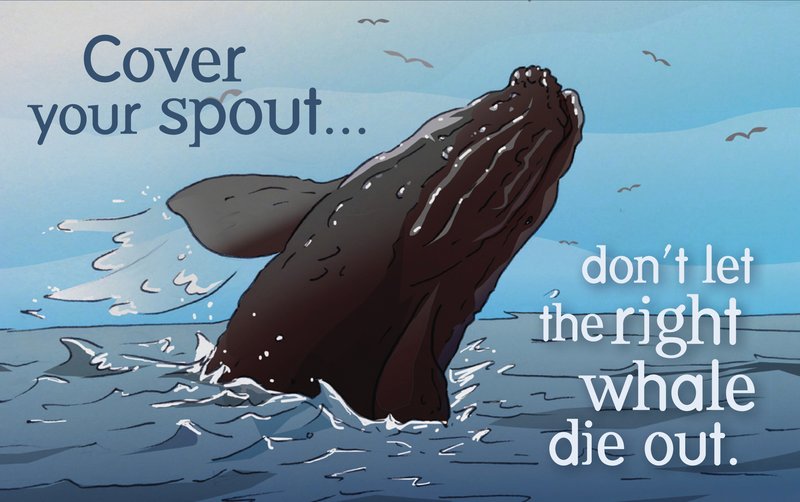
Use without fail…protect the right whale.
Right whales are critically endangered. The eastern North Pacific population is down to only about 30
individuals. With few reproducing females, it’s at risk of imminent extinction. The North Atlantic
population has dropped to its lowest number in nearly 20 years. Our growing human population increases
the demand for globalized trade, causing more vessel strikes and fishing gear entanglements.
More
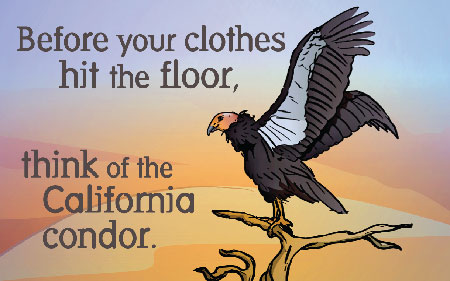
Despite its comeback thanks to a famously successful captive-breeding program, this prehistoric-looking
bird remains critically endangered. Condors face threats from human activity, including habitat loss
from development and hunting-related pressures. Poisoning through the ingestion of lead shot from
carcasses left behind by hunters is one of the most widespread and preventable causes of condor deaths.
More
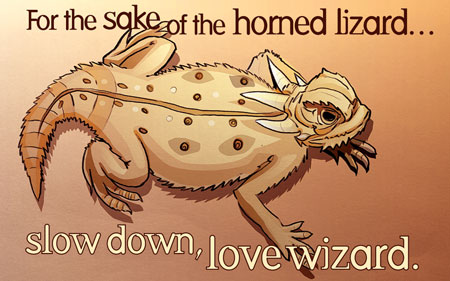
Flat-tailed horned lizards (also known as “horny toads”) can virtually disappear on the
desert floor when threatened by predators, but they haven’t been able to escape the threats of human
population growth as farms spread, cities sprawled, and off-road vehicles tore up their sensitive desert
habitat.
More
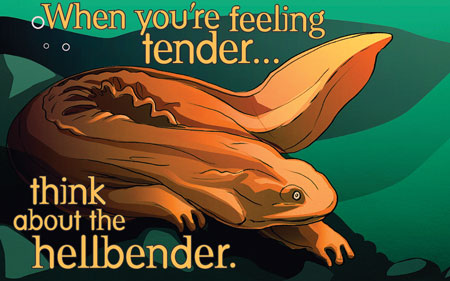
Hellbenders may not have conventional good looks, but at 2 feet long, they’re North
America’s largest amphibian. Like many amphibians, the hellbender faces extinction from the strain that
human population growth (including pollution from cities and livestock operations) puts on freshwater
streams in the southeastern United States.
More
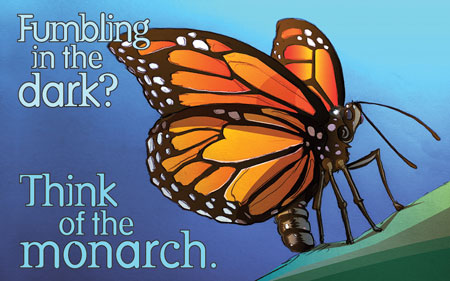
A symbol of childhood and springtime, monarch butterflies were once found in backyards
across the United States. But these iconic insects have been disappearing due to the extensive use of
pesticides on corn and soybean crops — most of which are fed to livestock — as we struggle to feed a
world of 7.5 billion and growing.
More
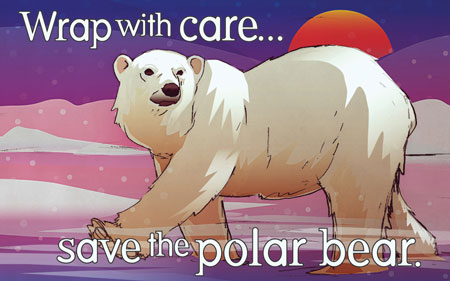
An international icon of global warming, polar bears are going extinct as the Arctic sea
ice melts beneath their feet because of the greenhouse gas emissions of more than 7.5 billion people —
especially those in high-consumption nations like the United States. The bears were put on the U.S.
endangered species list in 2008.
More
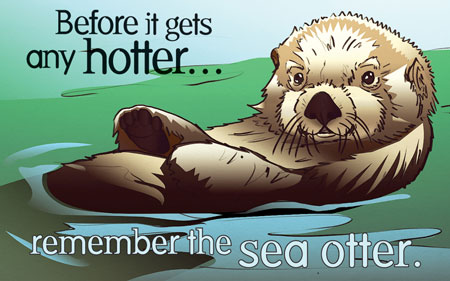
Once nearly hunted to extinction for their fur, sea otters continue to swim against a
tide of threats from human population pressure, including habitat loss and exposure to toxic chemicals
and disease. These charismatic marine mammals also fall victim to our growing appetite for seafood,
drowning when they become entangled in commercial fishing gear.
More
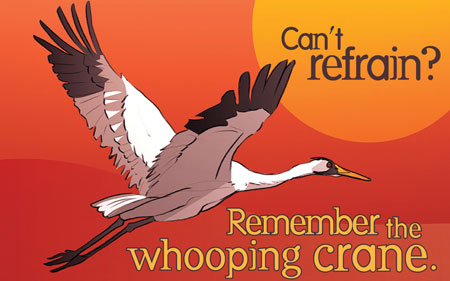
Whooping cranes used to call much of the Midwest and central Canada their nesting
grounds, but today these great birds have only three nesting areas left. Human expansion across the
continent pushed them onto the endangered species list; their survival remains threatened by habitat
loss and industrialization, including the construction of power lines.
More
All packages designed by Lori Lieber with artwork by Shawn DiCriscio. © 2017.
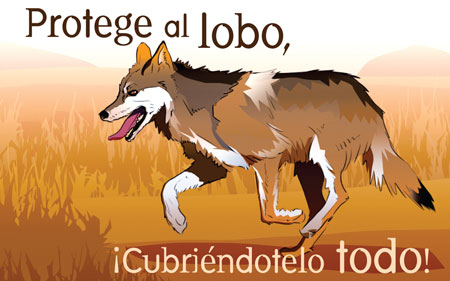
El lobo gris Mexicano is the smallest North American gray wolf and one of the rarest
mammals en el continente. Livestock production nearly drove a los lobos Mexicanos a la extinción. Los
113 lobos Mexicanos in the wild today continúan enfrentando amenazas from our unsustainable demand for
meat.
More
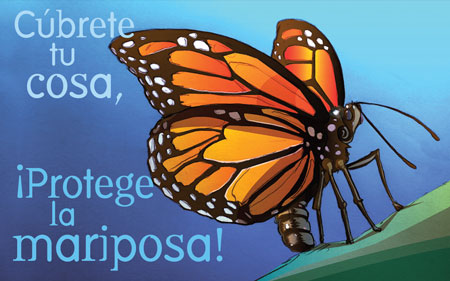
Un símbolo of migration and springtime, las mariposas monarca were once found in your
parque. But these iconic insects have been disappearing due to the extensive use of pesticides en
cultivos de maíz y soya, most of which are fed to livestock, while we struggle para alimentar a un mundo
of 7.5 billion and growing.
More
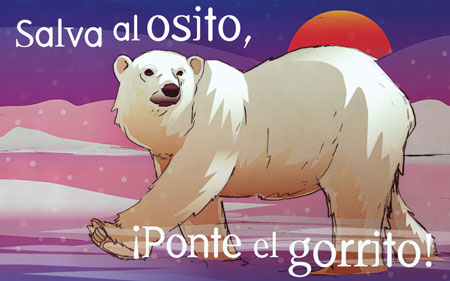
An international icon of calentamiento global, los osos polares se están extinguiendo as
the Arctic sea ice melts beneath their feet because of the greenhouse gas emissions de mas de 7.5
billion people — especialmente those in high-consumption nations like los Estados Unidos. Los osos
polares were put on the U.S. endangered species list in 2008.
More
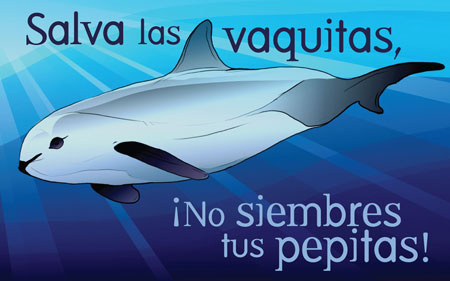
Las vaquitas may be shy and elusive, pero no han podido escapar el deadly fishing gear
in el Golfo de México de California. A growing illegal wildlife trade for rare fish found en el Golfo —
el lugar donde las wild vaquitas viven — has made a la marsopa más pequeña del mundo also its most
endangered.
More












